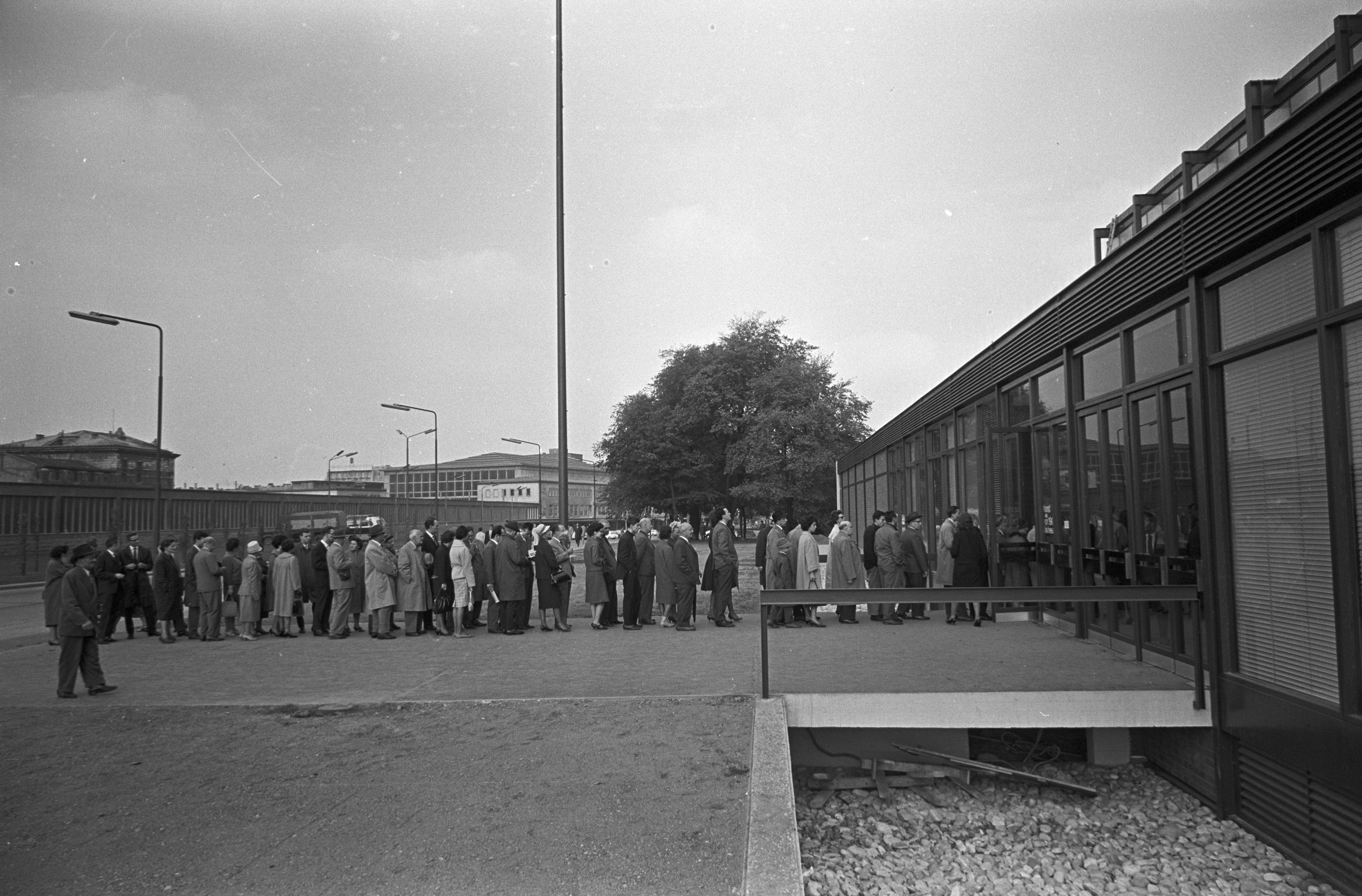The museum’s long-time chief curator Rainer Fuchs has accompanied all stages of the institution’s development and, in our video, reflects on the societal changes and evolution of today’s mumok.
Video in German.

History
In 1962, the Museum of the 20th Century, also known as 20er Haus, was inaugurated as the predecessor institution of today’s mumok – Museum moderner Kunst Stiftung Ludwig Wien. It was housed in the Austrian Pavilion designed by Karl Schwanzer for the 1958 World Exhibition in Brussels, which had been adapted as a museum building. A significant milestone for today’s mumok came in 1979, when the 20er Haus expanded its collection with the art-historically significant works of Peter and Irene Ludwig from Aachen. This addition necessitated an expansion of the museum’s exhibition spaces.
Along with the existing rooms of 20er Haus, the Museum moderner Kunst was opened in the Baroque Palais Liechtenstein on April 26, 1979. This expansion profoundly influenced the museum’s future direction.
The first 130 loans from the collection of Peter and Irene Ludwig introduced new focal points to the collection with works of Pop Art and Photorealism. This focus broadened to include Nouveau Réalisme and Fluxus with the acquisition of Wolfgang Hahn’s collection. Another substantial turning point came in 1981 with the establishment of the Austrian Ludwig Foundation, an initiative by Hertha Firnberg and the Ludwigs. This foundation enabled the transfer of a large portion of the previously loaned works into the foundation’s ownership, securing them as long-term loans within the museum’s collection. This step allowed the museum to firmly position itself in the international art scene and underscore the importance of its collections. In subsequent years, the Ludwigs made multiple additional contributions to the foundation, including a significant collection of Eastern European art. To this day, the museum’s collection continues to grow with major long-term loans from the foundation.
When the contract with the Austrian Ludwig Foundation was extended for 15 years in 1991, the museum was renamed Museum moderner Kunst Stiftung Ludwig Wien. In 2001, the museum moved into its iconic black basalt building designed by Ortner & Ortner in the MuseumsQuartier and adopted the short name “mumok.”